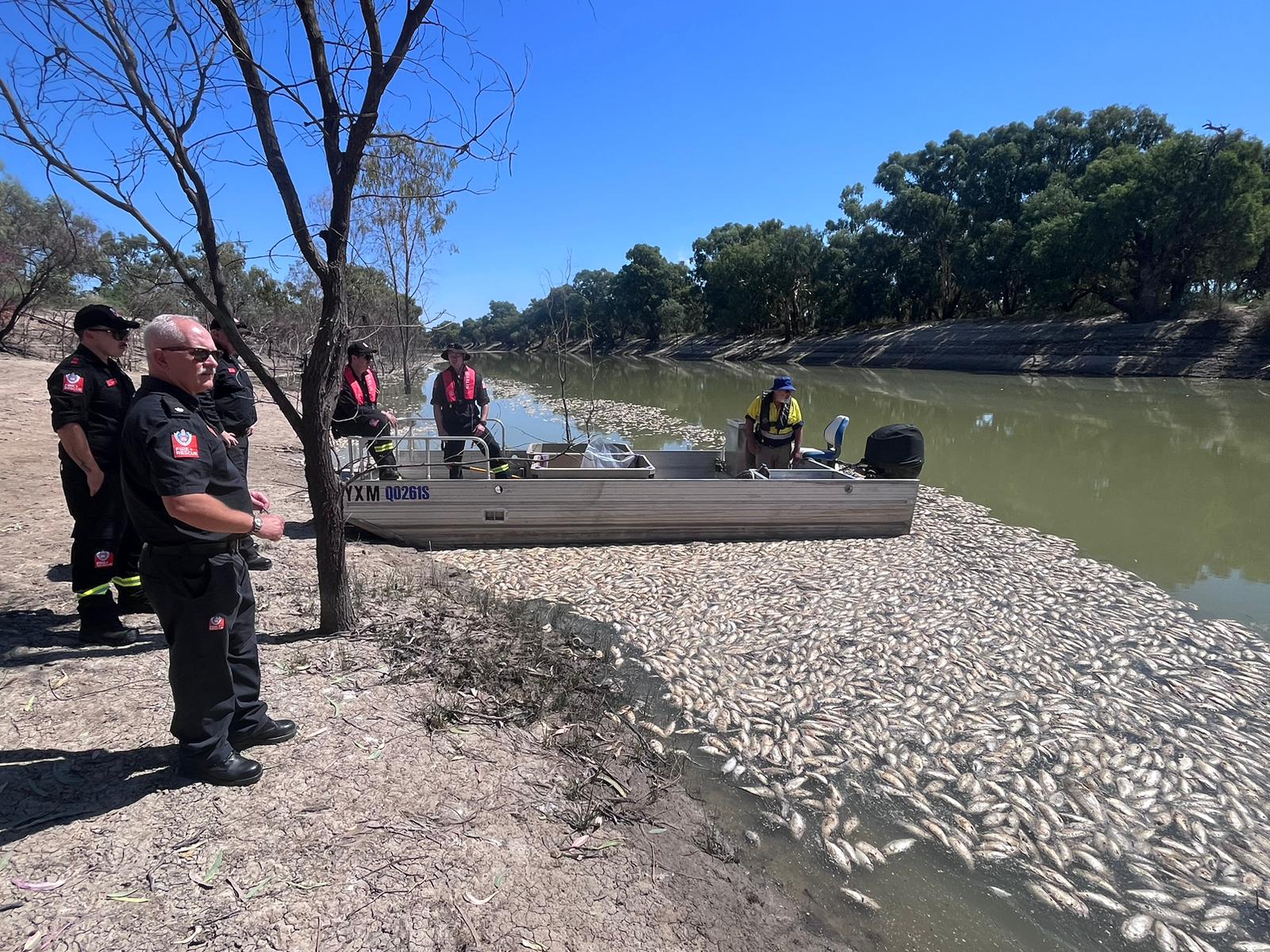Responding to mass fish deaths at Menindee
NSW Government agencies, along with the Australian Government and local partners have been undertaking water quality monitoring since early Spring 2022 to review dissolved oxygen conditions across NSW, identify potential risks to ecological communities, implement mitigating measures to evolving blackwater occurrences and respond to the mass fish death event in the Darling-Baaka River that occurred in March 2023.
The immediate causes of the fish deaths are believed to be attributed to hypoxia, caused by a combination of hypoxic blackwater, a high biovolume of algae, and a significant biomass of fish, as a result breeding following three wet years. Hypoxic blackwater is a naturally occurring phenomenon which causes extremely low dissolved oxygen levels. The Office of the Chief Scientist and Engineer also found that mass fish deaths are symptomatic of degradation of the broader river ecosystem over many years.
Taking action to address the Office of the Chief Scientist and Engineer report
The NSW Government has released its full response PDF, 14287.19 KB to the Office of the Chief Scientist and Engineer report into mass fish deaths on the Darling-Baaka River near Menindee in March 2023. This follows from the first formal response PDF, 5698.64 KB that was released in November 2023.
The NSW Government has accepted the recommendations made in the report and is committed to rehabilitating the Darling–Baaka River, committing $25 million in new funding over 4 years for the actions outlined in this full response, including:
- More than $6.5 million to trial state-of-the-art temporary fish passage technologies such as a new retrofitted tube design which allows fish to pass over weirs and river barriers to escape poor water quality events and reduce the chance of future mass fish deaths.
- $6 million to complete a detailed business case for permanent fish passage in the Lower Darling and Menindee Lakes system which could restore 518 km of connectivity between the northern and southern Murray–Darling Basin.
- Nearly $4.5 million to design and implement a Menindee-specific mass fish death event response sub plan to clearly explain triggers, agency and community responsibilities in the event of an incident.
- Nearly $3 million to install new real-time multi-parameter water quality monitoring buoys and data loggers, undertake a scientific study on the impacts of mass fish deaths on Weir 32 water quality and develop new hydrodynamic modelling to improve knowledge and understanding of the river.
- $1 million towards ongoing maintenance and operation of real-time water quality sensors and other water quality monitoring in the weir pool to allow decision makers to respond rapidly to changing conditions.
- Over $1.7 million to set up a new governance model which will coordinate integrated management of land use, water and natural resources to improve ecological outcomes.
- $600,000 for strategic planning for on-ground rehabilitation works to improve water quality, ecological and cultural outcomes, such as new fending, trees, erosion control methods that reduce sediment entering the river and more Aboriginal access to riparian areas.
- $720,000 to provide on-the-ground resources in Menindee to support the program.
- More than $1 million to develop a new water quality monitoring framework to make our data easier to navigate and identify knowledge gaps.
The full response also provides a progress update on the initial actions outlined in the November 2023 response.
Fish deaths in 2023 and hypoxic blackwater
Find out how the NSW Government is responding to the fish deaths at Menindee and the causes of hypoxic water.
Menindee Lakes cultural significance
Find out why the Menindee Lakes and Darling River (the Baaka) are so culturally important to the Barkandji people.
Water Quality Governance Roadmap
The Water Quality Governance Roadmap outlines how the NSW Government is delivering improvements to water quality governance to achieve strategic and coordinated monitoring and management of water quality.
Taking action on water quality
Water quality management in NSW has been too complex for too long. Over 30 agencies and organisations have a role to play, and over 50 legislative instruments contribute to the water quality management framework in NSW.
Good governance that is enduring, statewide and focused on water quality outcomes is needed to help improve the health and connectivity of our rivers, floodplains and aquifer ecosystems.
To improve water quality governance, the NSW Government has released the new Water Quality Governance Roadmap . The delivery of the roadmap completes action 3.5.1 of the NSW Water Strategy Implementation Plan 2022-2024.
Water quality governance is improved through:
- clarifying roles and responsibilities and improving coordination of agencies who manage water quality
- enhancing policy cohesion and the effectiveness of regulatory frameworks
- better integrating land use planning and water management
- implementing catchment-scale planning and management
- our arrangements for water quality monitoring and the way data is collected, stored, published and used.
Water quality governance roadmap
The NSW Government has released the NSW Water Quality Governance Roadmap that outlines how NSW is, and will continue to, deliver improvements to water quality governance to achieve strategic and coordinated monitoring and management of water quality.
The roadmap takes the complexities of shared management across NSW into account as it lays out what is being done to better integrate the management of land, water and other natural resources for improved water quality outcomes.
A key initiative highlighted in the roadmap is the new Integrated Catchment Management Work Program. The NSW Government is investing $1.7 million over 2 years in work program to develop a reform package for a new, enhanced integrated catchment management framework and governance model. Key reform options will be confirmed by 30 June 2026.
The roadmap also paves the way for process improvements in water quality data management, fostering greater transparency and visibility. It focuses on key initiatives seeking to better coordinate monitoring efforts, ensuring that management decisions are both appropriate and timely.
Read the roadmap
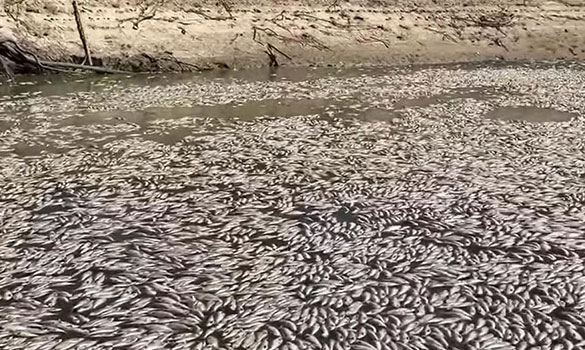
Find information about water quality stages, dissolved oxygen water quality updates and details on historic blackwater events.
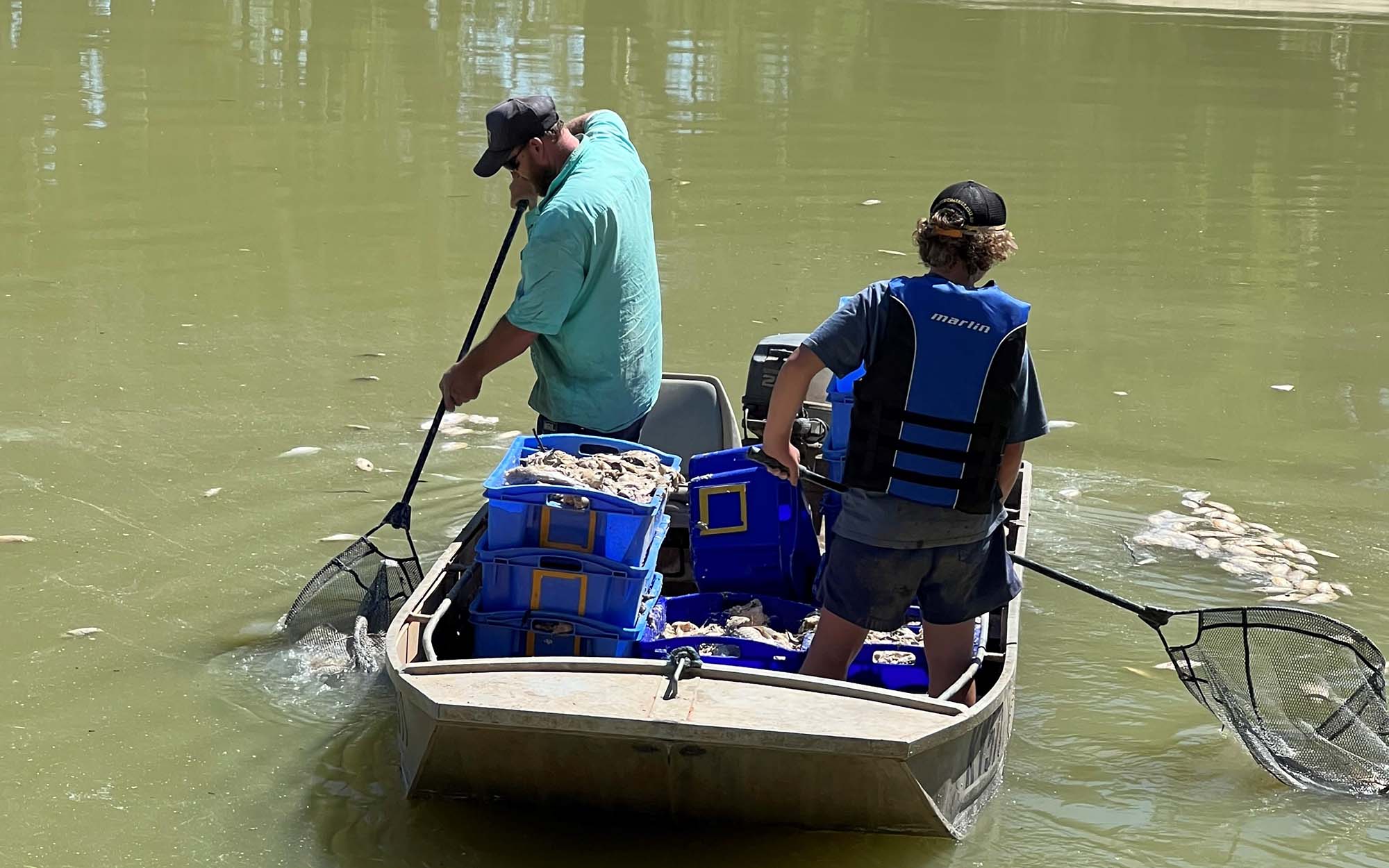
A snapshot of events in the Darling-Baaka Rivers.
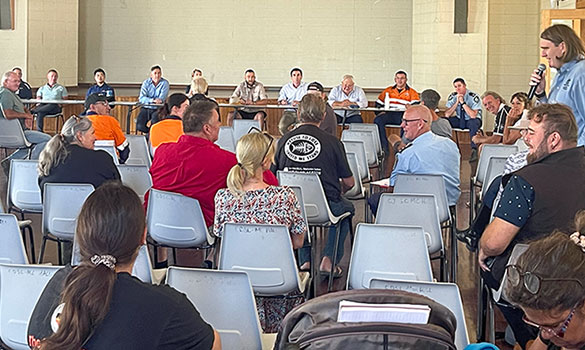
Regular updates and frequently asked questions
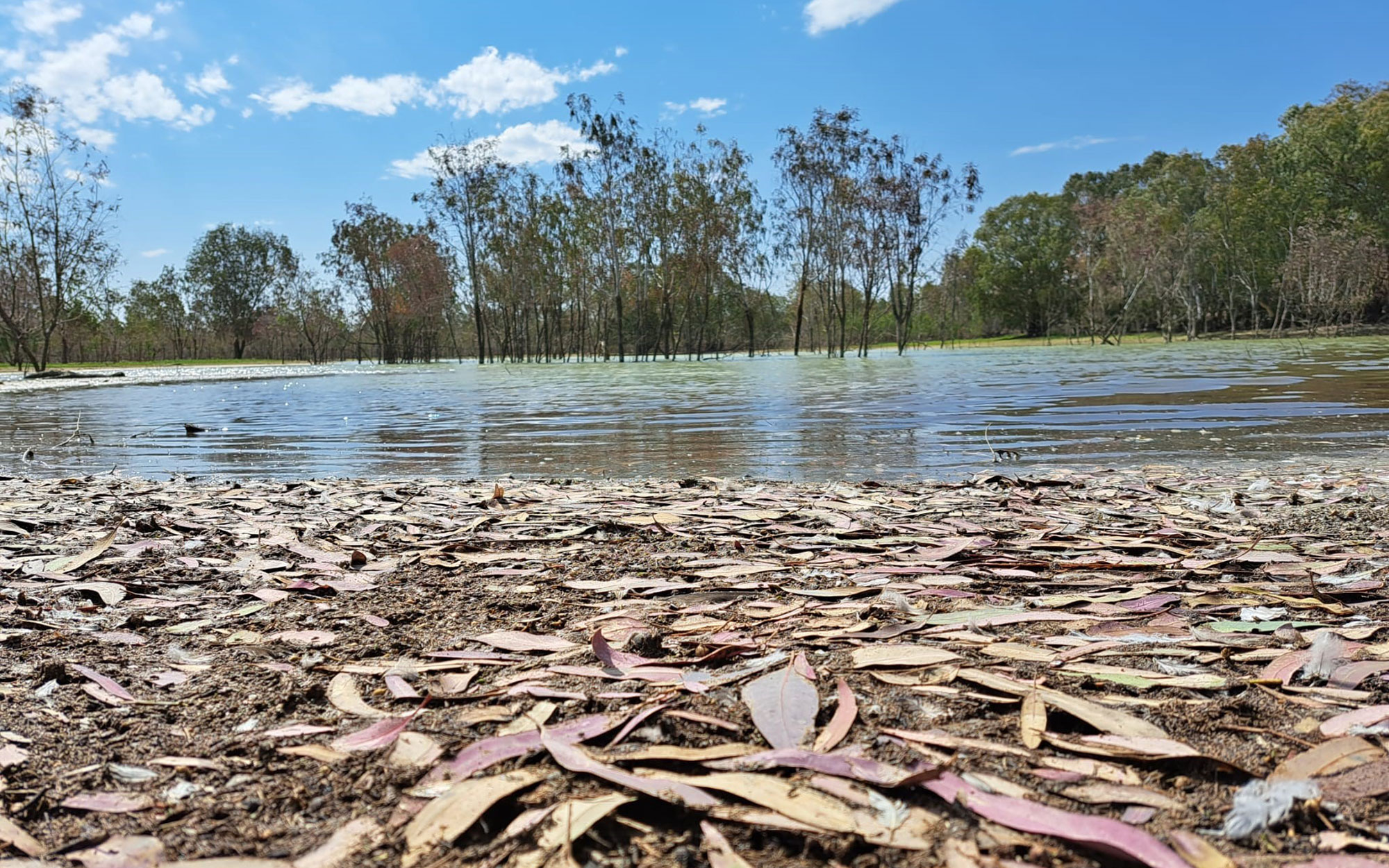
Learn the basics about hypoxic water, what it is and why it matters.
